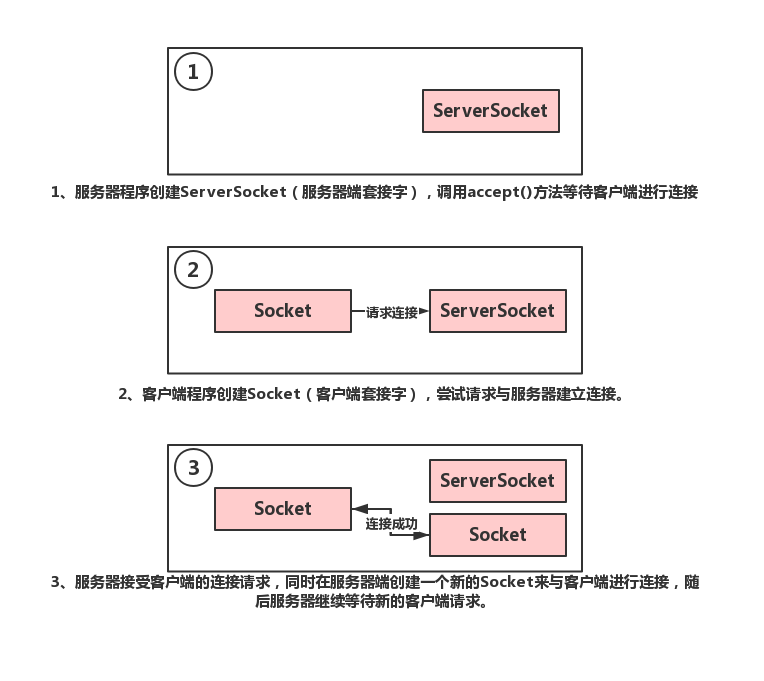Python實現switch/case語句
可以使用if…elif…elif..else序列來代替switch/case語句,這是大家最容易想到的辦法。但是隨著分支的增多和修改的頻繁,這種代替方式并不很好調試和維護。
使用字典 實現switch/case可以使用字典實現switch/case這種方式易維護,同時也能夠減少代碼量。如下是使用字典模擬的switch/case實現:
def num_to_string(num): numbers = {0 : 'zero',1 : 'one',2 : 'two',3 : 'three' } return numbers.get(num, None)if __name__ == '__main__': print num_to_string(2) print num_to_string(5)
執行結果如下:
twoNone
Python字典中還可以包括函數或Lambda表達式,代碼如下:
def success(msg): print msgdef debug(msg): print msgdef error(msg): print msgdef warning(msg): print msgdef other(msg): print msgdef notify_result(num, msg): numbers = {0 : success,1 : debug,2 : warning,3 : error } method = numbers.get(num, other) if method:method(msg)if __name__ == '__main__': notify_result(0, 'success') notify_result(1, 'debug') notify_result(2, 'warning') notify_result(3, 'error') notify_result(4, 'other')
執行結果如下:
successdebug warning errorother
通過如上示例可以證明能夠通過Python字典來完全實現switch/case語句,而且足夠靈活。尤其在運行時可以很方便的在字典中添加或刪除一個switch/case選項。
在類中可使用調度方法實現switch/case如果在一個類中,不確定要使用哪種方法,可以用一個調度方法在運行的時候來確定。代碼如下:
class switch_case(object): def case_to_function(self, case):fun_name = 'case_fun_' + str(case)method = getattr(self, fun_name, self.case_fun_other)return method def case_fun_1(self, msg):print msg def case_fun_2(self, msg):print msg def case_fun_other(self, msg):print msgif __name__ == '__main__': cls = switch_case() cls.case_to_function(1)('case_fun_1') cls.case_to_function(2)('case_fun_2') cls.case_to_function(3)('case_fun_other')
執行結果如下:
case_fun_1case_fun_2case_fun_other
總結就個人來說,使用字典來實現switch/case是最為靈活的,但是理解上也有一定的難度。
本篇文章就到這里了,希望能給你帶來幫助,也希望您能夠多多關注好吧啦網的更多內容!
相關文章:

 網公網安備
網公網安備